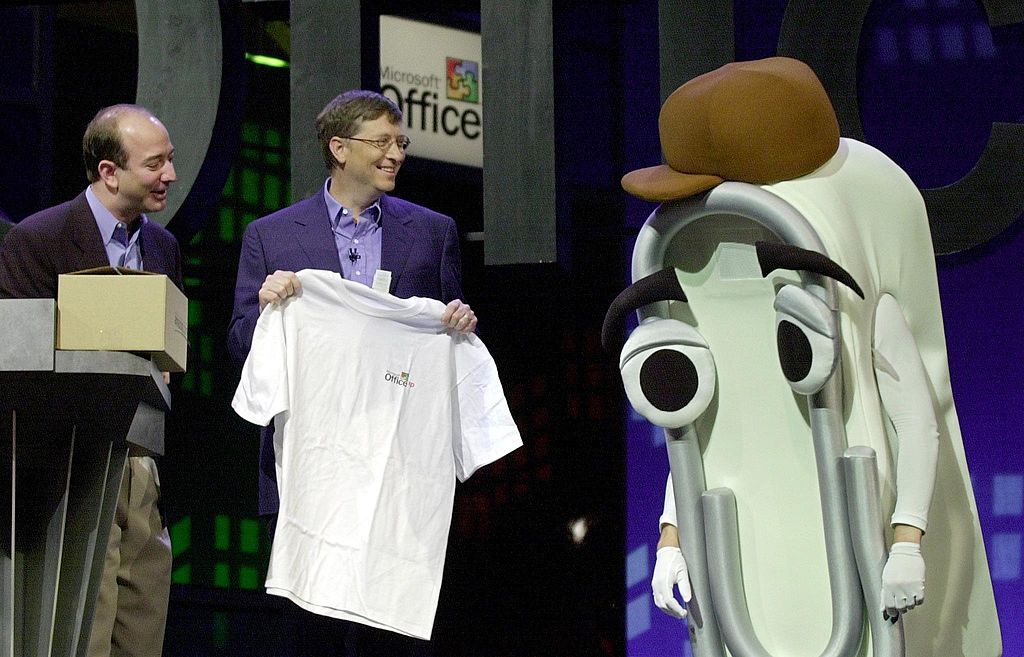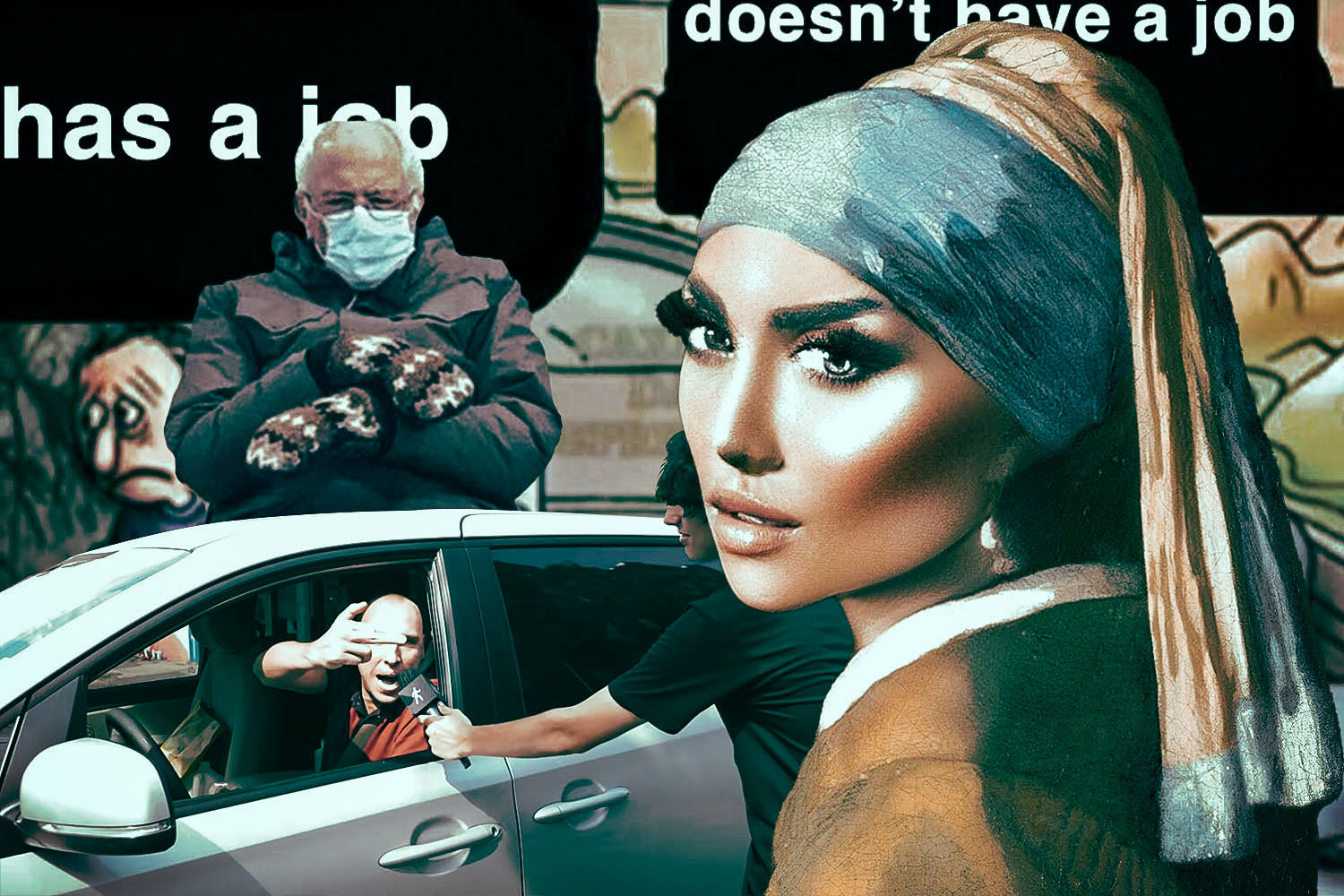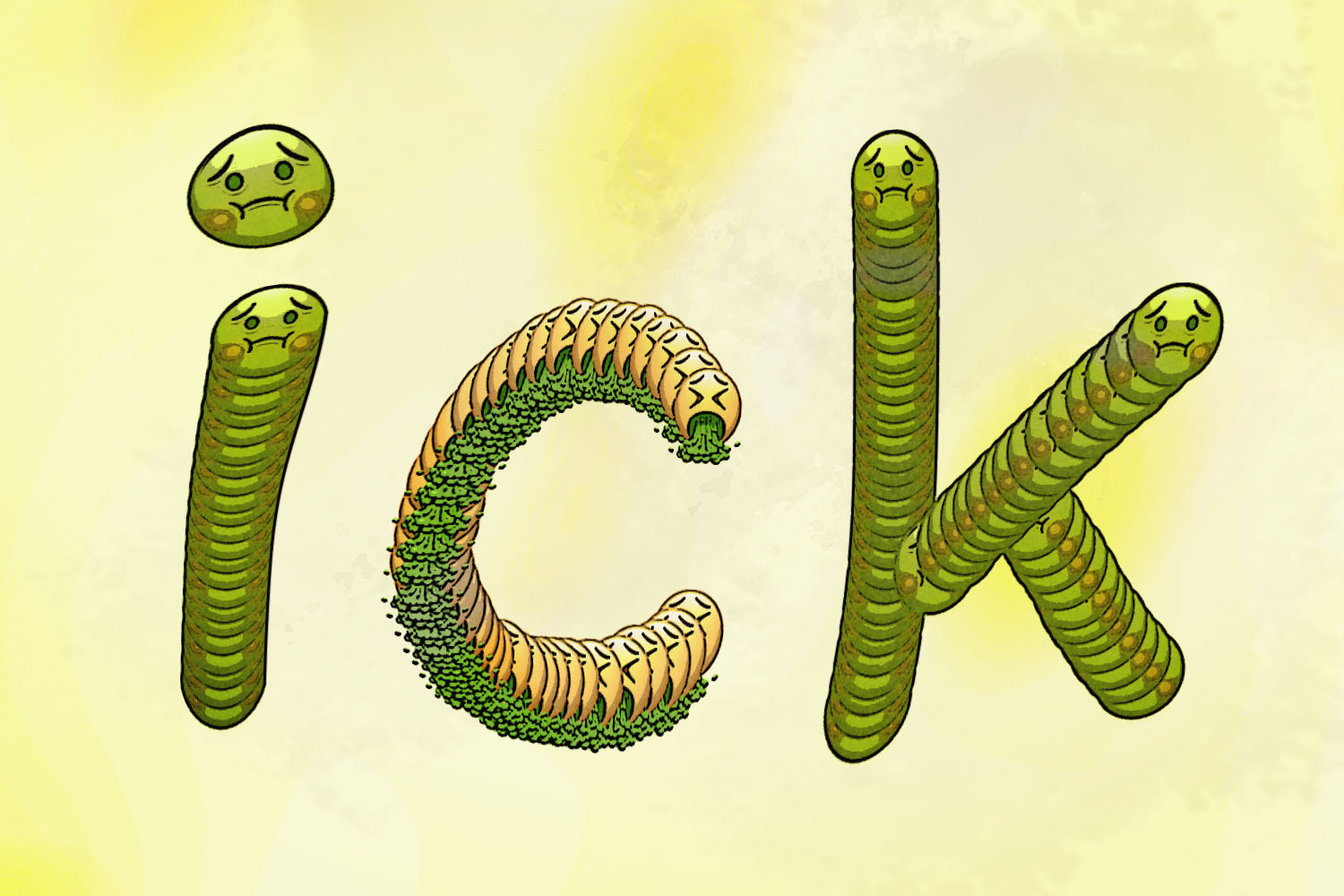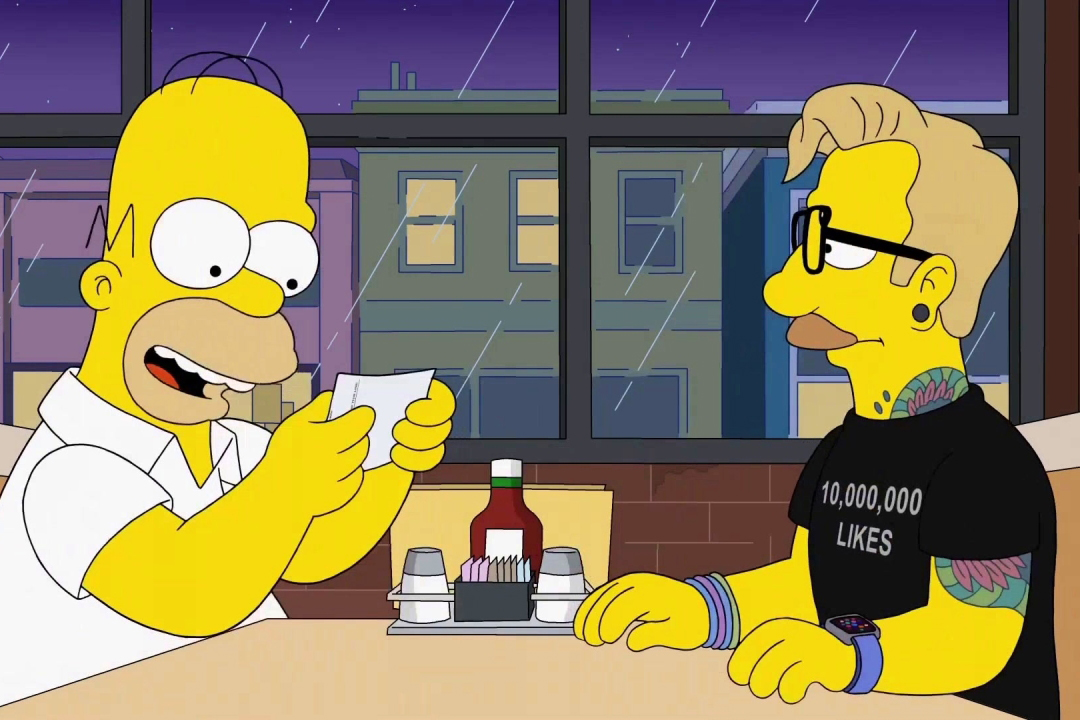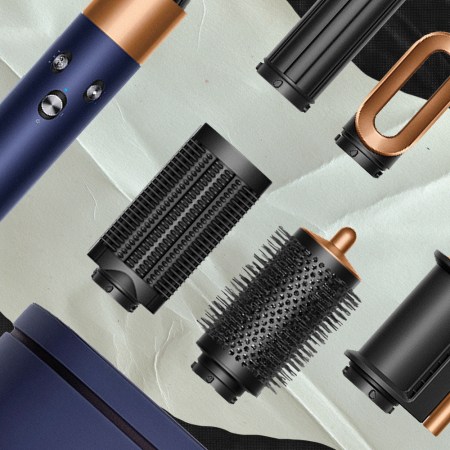Last year saw something completely unexpected make a high-profile comeback. In this case, it wasn’t a cult classic television series being rebooted or an obscure song getting a second wind on Spotify. Instead, the triumphant return belonged to none other than Microsoft’s Office Assistant, Clippit — or, as it’s more commonly known, Clippy.
If you used Microsoft Word in the 1990s or early 2000s, you’re probably familiar with Clippy, a cartoon paperclip who would appear if the text you were typing resembled — to cite one example — a letter. This ubiquity could be frustrating at times, but as time passed from Clippy’s last appearance, he also seemed like a representative of a bygone and, perhaps, more fondly remembered period of computers and technology. That might help explain why Clippy also became an essential part of many a meme in the years that followed.
Writing at SeattleMet, Benjamin Cassidy unveiled a detailed account of Clippy’s creation and long second act in popular culture, with everything from SNL sketches to erotic fiction inspired by the animated paperclip in question. The article makes a good case for Clippy as something that was underappreciated in its day but found its audience later on.
You could even make the case that Clippy was ahead of its time. As Ellen Gutoskey observed in a Mental Floss article, Clippy “seems like an early, distant ancestor to applications like Alexa and Siri, upon whom society has developed a pretty significant reliance.” Who knew that was where this would lead, all those years ago?
Thanks for reading InsideHook. Sign up for our daily newsletter and be in the know.
